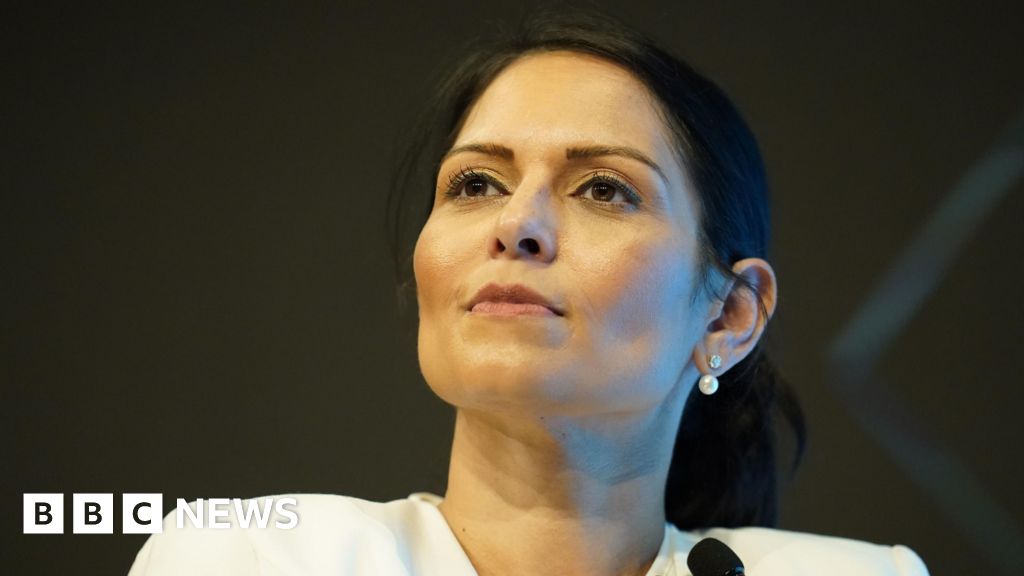Iran's Survival Struggle: A Nation at a Crossroads

Iran's Survival Struggle: A Nation at a Crossroads
Iran's political landscape is currently facing a critical juncture. The nation’s young, ambitious leaders, driven by a fervent ideology and a desire to propagate their vision of Islamic radicalism, are confronting a harsh reality. The traditional Iranian military is grappling with significant disarray, finding itself pitted against an adversary bolstered by the support of powerful regional and Western forces. This article delves into the complexities of Iran's current situation, examining the challenges it faces and the potential implications for the region and the world.
The Roots of the Crisis
The current predicament stems from a confluence of factors. Decades of economic sanctions, coupled with internal political tensions and social unrest, have placed immense pressure on the Iranian regime. The pursuit of a nuclear program and its involvement in regional conflicts have further isolated the country, drawing the ire of international powers. The younger generation of leaders, while idealistic, have inherited a deeply troubled nation and are struggling to navigate these turbulent waters.
Military Weaknesses and External Pressures
A key vulnerability for Iran is the state of its conventional military. Reports indicate significant shortcomings in training, equipment, and morale. This weakness is exacerbated by the backing that Iran's adversaries receive from regional allies and Western nations. Saudi Arabia, Israel, and the United States, among others, have consistently opposed Iran's regional ambitions and have provided support to groups that challenge the regime. This external pressure creates a precarious environment for Iran's leadership.
The Ideological Divide
The ideological fervor of the current leadership, while providing a sense of purpose, also presents challenges. Their unwavering commitment to exporting their interpretation of Islamic radicalism clashes with the aspirations of many Iranians, particularly the younger generation who crave greater social freedoms and economic opportunities. This ideological divide fuels internal dissent and further weakens the regime's legitimacy.
Potential Scenarios and Future Outlook
Several scenarios could unfold as Iran's survival struggle continues. One possibility is a gradual erosion of the regime's power through continued economic pressure and internal dissent. Another is a more abrupt collapse, potentially triggered by a military confrontation or a widespread popular uprising. Alternatively, the regime could adapt and implement reforms to appease its population and mitigate external threats. However, such reforms would likely require a significant shift in ideology and a willingness to compromise on core principles.
Implications for the Region and Beyond
The outcome of Iran's internal struggle has profound implications for the wider region and the global order. A collapse of the regime could lead to instability and conflict, potentially drawing in neighboring countries. A more moderate Iran, on the other hand, could foster greater cooperation and reduce tensions in the Middle East. The international community must carefully monitor the situation and engage in diplomatic efforts to prevent a catastrophic outcome.
Conclusion
Iran's regime is currently engaged in a desperate fight for survival. The combination of internal challenges, external pressures, and ideological rigidity has created a volatile situation with far-reaching consequences. The coming months and years will be crucial in determining the future of Iran and its role in the world. The nation stands at a crossroads, and the choices made by its leaders will shape the destiny of the country and the region for generations to come.






